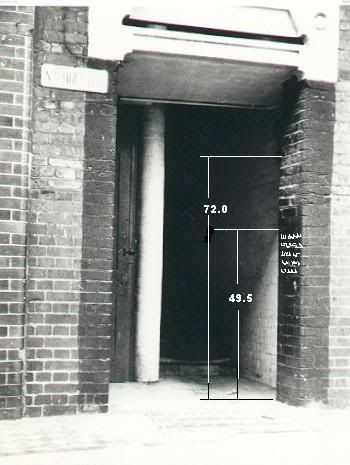I have to say that I have never understood this thread or why it absolutely refuses to die or the passionate arguments that accompany it.
It seems to me that we can't be absolutely certain that Long simply didn't miss seeing the apron. But even if we assume for the sake of argument that he is correct what does that tell us? Even if we can therefore conclude that the message was written by the killer where does that get us?
Can we conclude beyond a doubt that the message is anti-Jewish? No
Can we conclude beyond a doubt that the message is pro-Jewish? No
Can we conclude beyond a doubt that the killer was Jewish? No
Can we conclude beyond a doubt that the killer was not a Jew? No
Does anyone (other than the one who wrote it) have the faintest idea as to what it means? Maybe. But it is still just a guess.
I appreciate the passion and the time spent on this thread but to me it seems like much ado about nothing. Maybe someone can show me the error of my ways on this.
c.d.
It seems to me that we can't be absolutely certain that Long simply didn't miss seeing the apron. But even if we assume for the sake of argument that he is correct what does that tell us? Even if we can therefore conclude that the message was written by the killer where does that get us?
Can we conclude beyond a doubt that the message is anti-Jewish? No
Can we conclude beyond a doubt that the message is pro-Jewish? No
Can we conclude beyond a doubt that the killer was Jewish? No
Can we conclude beyond a doubt that the killer was not a Jew? No
Does anyone (other than the one who wrote it) have the faintest idea as to what it means? Maybe. But it is still just a guess.
I appreciate the passion and the time spent on this thread but to me it seems like much ado about nothing. Maybe someone can show me the error of my ways on this.
c.d.





Comment